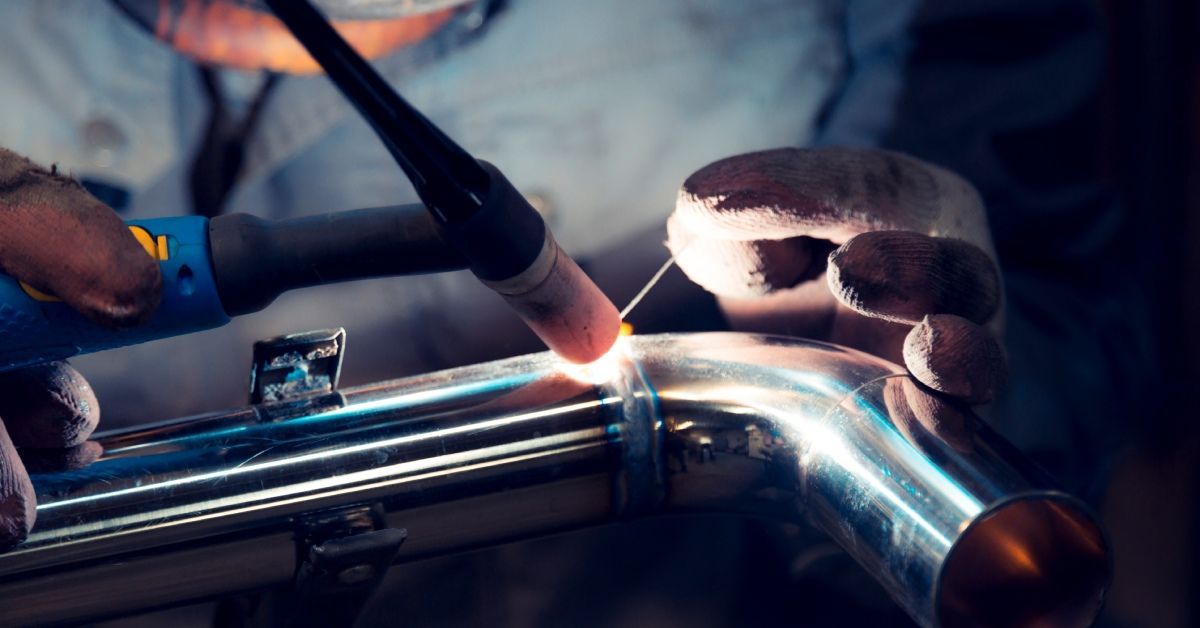4 Heat Treatment Processes for Stainless Steel

Stainless steel is renowned for its durability and resistance to corrosion, making it a popular choice in various applications, from construction to cookware. However, achieving these desirable properties often requires specific heat treatment processes. Continue reading to learn about some of the heat treatment processes for stainless steel.
An Introduction to Heat Treatment
Heat treatment alters the physical and sometimes chemical properties of a material through a controlled process. In the case of stainless steel, heat treatment can enhance properties like hardness, ductility, and corrosion resistance. By understanding these processes, you can gain insights into how to optimize stainless steel for different applications.
Annealing
Annealing is one of the most common heat treatment processes for stainless steel. It involves heating the steel to a specific temperature and then cooling it slowly. This process helps relieve internal stresses, soften the metal, and improve its ductility. Annealed stainless steel is easier to work with, making it ideal for machining and forming operations. Additionally, annealing can improve the corrosion resistance of certain types of stainless steel, making it a crucial step in the manufacturing process.
Quenching
Quenching is another important heat treatment process. Quenching involves heating the stainless steel to a high temperature and then cooling it at a rapid pace, usually by immersing it in water or oil. This rapid cooling process increases the hardness and strength of the steel but can make it more brittle. To balance the increased hardness with improved toughness, tempering often follows the quenching process. This method is particularly useful in applications where high strength and wear resistance are essential, such as in cutting tools and blades.
Tempering
Tempering is the process that follows quenching and involves reheating the quenched stainless steel to a temperature below its critical point and then allowing it to cool naturally. This process helps reduce brittleness while maintaining the increased hardness achieved from quenching. The key benefit of tempering is that it enhances the toughness of the steel, making it more resilient and less prone to cracking. This makes tempered stainless steel suitable for applications that require a good balance of strength and ductility, such as springs and fasteners.
Solution Heat Treatment
Solution heat treatment involves heating the stainless steel to a high temperature and then rapidly cooling it to “freeze” the structure. This process is particularly beneficial for austenitic stainless steels, which are known for their excellent corrosion resistance. By dissolving precipitates that can form at lower temperatures, solution heat treatment ensures the steel maintains its corrosion-resistant properties. This makes it an ideal choice for applications in harsh environments, such as marine or chemical processing industries.
Understanding the different heat treatment processes for stainless steel is crucial for optimizing its properties for various applications. To learn how these heat treatment processes can benefit your specific needs, explore CMPI’s custom stainless steel fabrication services. Contact us today to discover how we can provide the perfect stainless steel products for your next project.



